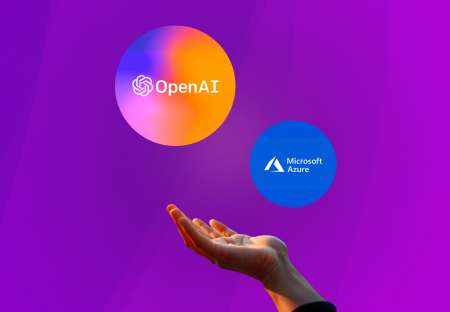With microservices becoming more prevalent, many organizations are using this architecture approach to avoid the limitations of large, robust backend systems. Many companies continue to struggle with Micro frontends codebases that are solid, despite much has been written about worker-side programming. However,Frameworks like React, Vue, or Angular contain patterns and best practices to assist in developing a single-page application (SPA).
Microservices & Micro-frontends
The React framework, for example, uses JSX to display information based on changes in the user or data. SPAs have become commonplace in modern construction, although they aren’t without flaws. There are several drawbacks to use a SPA. The loss of search engine optimization occurs since the application is not displayed until the user views it in the browser. As a result of Google’s web crawler attempting to render the page but failing, you will lose many keywords necessary to go up the search rankings.
Another shortcoming is the complexity of the structure. As previously said, several structures may provide the SPA experience and allow you to build a great SPA. Still, each aims at different needs, and recognizing which to embrace might be difficult.
It’s also possible that program execution will be a problem. Since the SPA is in charge of all client connection delivery and preparation, it can have a considerable impact on how the client is configured. Not all consumers will need a rapid connection with complex software to operate your application. A smooth customer experience necessitates maintaining a modest box size and minimizing client handling to the most significant degree possible.
Scale is a problem in light of all that has gone before it — making a complex application that meets your client’s needs necessitates a large team of programmers. Many people working on the same code are trying to make changes, and clashing might occur while dealing with a SPA.
So, what’s the answer to all of these issues now?
Microfrontends
The notion of web apps plays a crucial role in the increasing popularity and almost universal usage of micro frontends, and it is hard to refute this fact. Developers must work with a combination of front-end technologies to be aware of these modifications, which are necessary to advance programming methods and processes. In this scenario, micro frontends play a crucial role.
Let’s take a closer look at WHAT ARE MICRO FRONTENDS?
When it comes to micro frontends, they are an extension of a microservices architecture, where the utility is extended to the system’s front-end. This is why the use of micro frontends has a wide variety of advantages. Such as arrangement autonomy and simpler component testing.
It’s no wonder that micro frontends are becoming a popular way to develop web apps. Businesses like IKEA and Spotify have successfully adapted micro frontends to their business models in recent years.
Learn More: Application Modernization Services of Metaorange Digital










